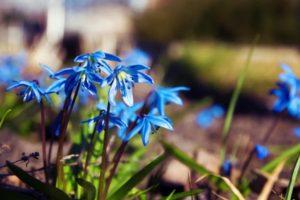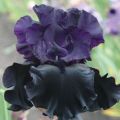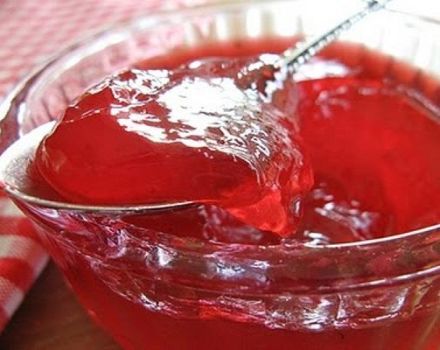Types and varieties of primrose with description and characteristics
In nature, a short perennial with a rosette of oval gray-green leaves is found in the temperate climate of Europe and Asia, takes root on the slopes of the Himalayas and the Alps, and feels comfortable in North America. The most beautiful plants from the Primroses family have chosen impregnable mountains, the ends of glaciers, deep gorges, but they are not accepted in gardens and parks. Breeders have bred many cultivars of primrose. Flowers of some species delight with delicate tones, others with variegated and bright colors.
General description of the plant
There are legends about the excellent representative of the numerous genus Primula. In ancient times, people believed that the heavens gave the flower to the earth. In Russia, they believed that primrose opens doors in spring. The bush is small in size, together with the buds it grows up to 20-30 cm in height, some species - up to 50. The branched root of the herbaceous perennial is close to the soil surface. A rosette of leaves with scalloped or solid edges is formed just above the ground. They are covered with short villi, have no pattern, and have different shapes.
At the top of a long peduncle, in most species of an ornamental plant, an umbrella is formed with corollas of oval petals, which at the base roll up into a narrow tube with bending edges. After pollination by bees, capsules appear. Inside them, oblong seeds, covered with brown or black skin, ripen.
What colors are there?
The family consists of 4 hundred species, which are divided into sections. Primroses surprise with a variety of shades. Petals delight with rich colors, there are:

- red;
- purple;
- pink;
- white;
- burgundy;
There are not only variegated, but also monochromatic corollas. The middle of the primrose is most often colored yellow. The leaves of perennial grass in different varieties, and there are about 200 of them, differ in shades and shape.
Popular types of primroses
The Primroses family is conventionally divided into sections. Some plants of the genus are unpretentious and take root in cool climates, others can only be planted in pots and kept in an apartment, varieties with double flowers are especially demanding for care.

Stemless
The compact primrose acaulis grows no more than 20 cm in height. The rosette is formed from long oval-shaped leaves. They are distinguished by a rich green color. Flowers with a diameter of 30–40 mm are collected in a dense umbrella. Corollas of stemless primrose delight in various shades. The buds bloom in April, flowering continues until mid-June.
Siebold
Several centuries ago, a very beautiful primrose grew in the wild in the suburbs of Tokyo. The Japanese began to plant decorative perennials in pots. The flowers of the Siebold species have an unusual shape, the corollas are directed to the sides or upward, downward. Smooth, star-shaped or fringed petals are colored in different tones, but not yellow or blue.
There are primroses, in which the inside of the flower is white, and the outside is purple or pink. Some varieties captivate with bright and cheerful eyes.
Japanese
In the impassable gorges of the mountains of the Asian islands, a rather high primrose with flowers collected in several tiers has found a place. The plant from Japan migrated to Europe, where they began to decorate flower beds with it. Buds of white, purple, pale pink petals bloom in May. The length of the leaves of the Japanese beauty, ending in large notches, reaches 25 cm. Tall flower stalks look great in bouquets.
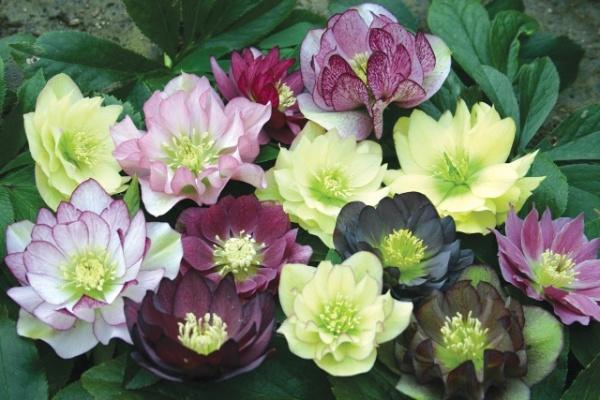
Royal primrose
The slopes of volcanoes are often overgrown with grasses, but then a terrible element wakes up and throws ash into the sky, floods the earth with lava. On the slope of the crater, which often reminds of itself to the inhabitants of Java, there is a primrose, called the royal primrose. People are afraid of the flower, because it blooms at the wrong time, and this portends a new eruption. In fact, before the start of the activity of the volcano, high frequency oscillations occur, the plant absorbs nutrients faster and it blooms. The ash layer retains heat and moisture, the decorative perennial is comfortable on the slopes of the volcano.
In the wild, the Royal primrose often has a bright orange or yellow color, but cultivars have been bred with petals of all kinds of shades - lilac, pink, purple, purple.

Cortex
The flower that still grows in the Altai and Ural mountains, in the forests of Siberia, is characterized by high winter hardiness. The cultivated perennial plant has attractive, serrated leaves covered with villi. High umbrellas, consisting of a dozen flowers, give elegance to the cortical primrose:
- red;
- pink;
- purple.
The rim diameter does not exceed 20 mm. Plants are planted in flower beds in several pieces, they are decorated with alpine slides.
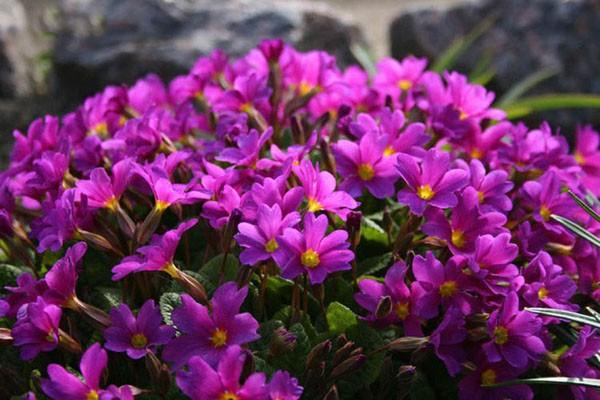
Polyantova
Repeated crossing of different varieties of primrose has led to the creation of multi-colored varieties. The hybrids turned out to be very beautiful and attract:
- the original shape of the bush;
- corrugated leaves;
- large corollas;
- a variety of shades.
Primula polyanthus blooms in late spring. The polyanthus look of the flower does not tolerate cold well, it freezes under frosty winter.

Toothed
A perennial plant found wild on the slopes of the Himalayas forms an umbrella of pale oval leaves. Against their background, amazing inflorescences stand out, consisting of balls of various colors - from white to ruby and scarlet. The bushes of fine-toothed primrose are covered with plaque. In a cultivated form, a perennial is used in landscape design, florists create elegant bouquets from flowers.
Elatior
The tall primrose has large red, scarlet or burgundy corollas. A yellow center stands out against their background. The perennial rosette of the Elatior species is formed from short wrinkled leaves. Large-flowered primrose blooms in early spring, cut to decorate bouquets.
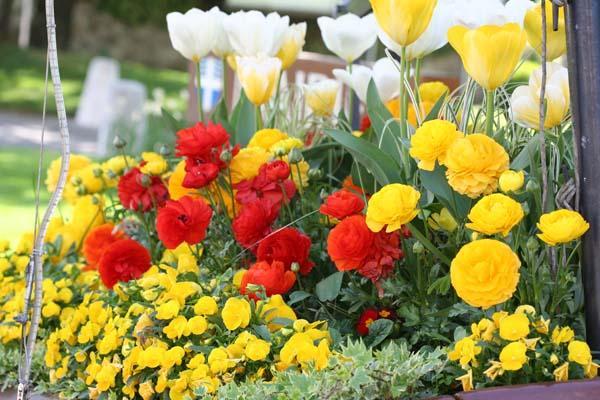
Capitate
Perennial plants with oblong leaves gathering in a rosette at the root climb the slopes 4 km high. At the ends, they are rounded or pointed, at the base they taper into a petiole. The capitate primrose bushes are covered with a whitish bloom. Flowers are collected in umbrellas.
The purple corolla has a long tube, a short bell-shaped cup in a silvery shade. Primrose tolerates shade, withstands frosts up to 29 ° C, looks great.
Voronova
In the forests of the Caucasus, even now, you can find an evergreen perennial with petiolar leaves covered with fluffy hairs on top. An ornamental plant adores partial shade; in April, single corollas with a diameter of 30 mm appear on short pedicels, consisting of delicate lilac petals.

Vialya
In the mountains of China, a perennial grows, shedding oblong leaves in the fall. When growing cultivars of primrose, which is completely unlike other species, shelter is required for the winter. In summer, spike buds up to 15 cm long bloom on peduncles reaching a height of 0.5–0.6 m. Tubular corollas have unusual red calyxes, blue and purple petals.
Criterias of choice
Ornamental plants, which in the wild have chosen the slopes of mountains and gorges, lend themselves well to selection, adapt to different conditions. Large-flowered hybrids with an unusual shape of petals and leaves will decorate both the flowerbed and the garden, terry varieties look incomparable. In Europe, Francesca is popular with her original green corollas.
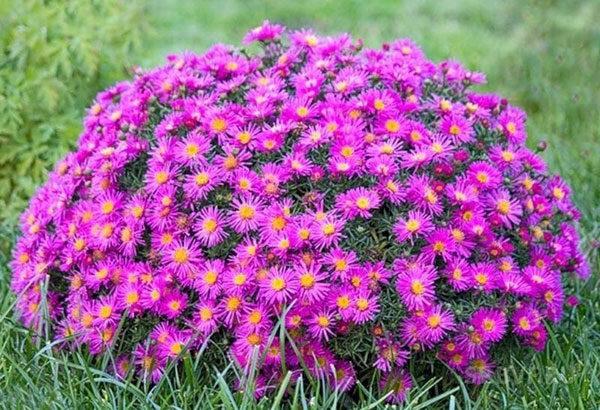
The flowers of the auricle type with orange eyes look spectacular on the site. Yellow and purple primroses are successfully combined, red flowers add sophistication to the flower bed. For the design of the borders, varieties of bright colors have been specially bred, the corollas of which are collected in large umbrellas.
In order for the plant to please with sophistication and beauty for more than one month, but for a long time, species with an early, middle and late flowering period are selected.
The use of primrose in landscape design
The variety of shades of decorative perennial contributes to the creation of amazing patterns. Primrose does not release buds at the same time, and if you choose the right varieties, the primrose will delight with beauty from the beginning of spring to the end of summer. The decorative flower is successfully combined:
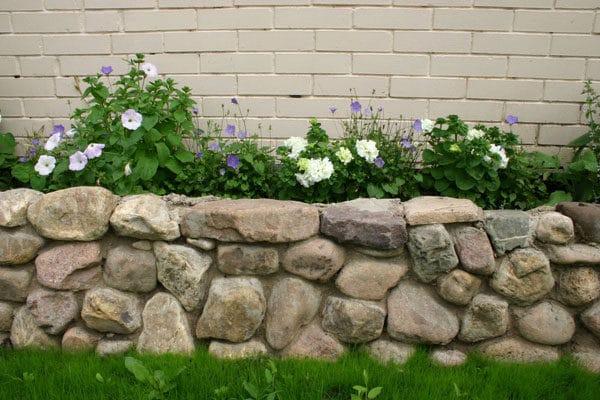
- with tulips;
- phlox;
- daffodils.
Alpine slides and flower beds are decorated with primroses, edging borders and reservoirs. Florists use long ball-shaped umbrellas to make bouquets.

